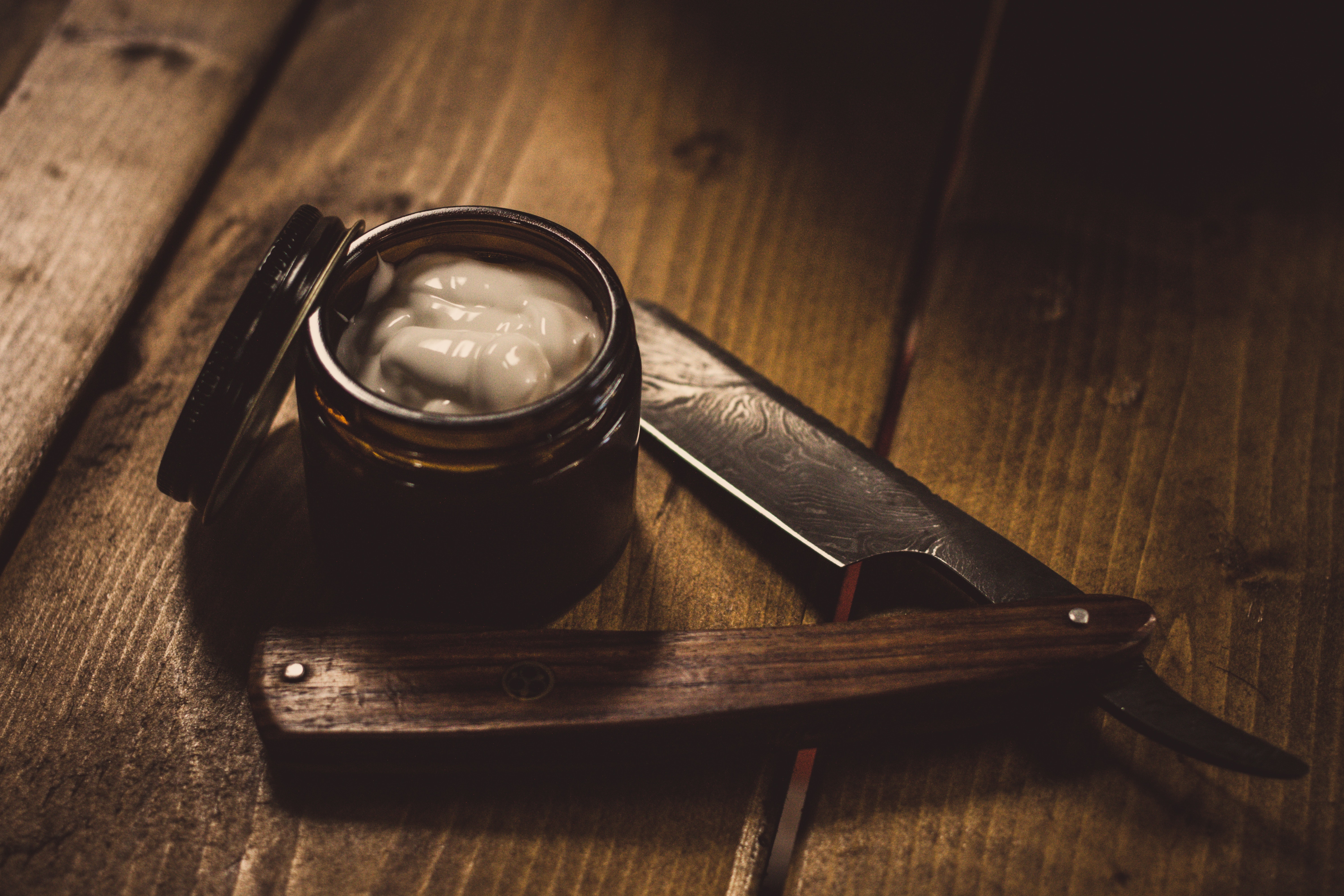[cmsmasters_row][cmsmasters_column data_width=”1/1″][cmsmasters_text]
The main reason I decided to become a registered dietitian is because I love food so much, and I believe the power of food can change lives. This can be anything from learning what plan can help you gain/lose weight to learning where to go if you need food assistance. I find so much joy each day in finding new-to-me foods and adopting new techniques to prepare familiar foods. I have a deep interest in the way food affects our minds, bodies and souls. My mission as a future dietitian is to guide others in finding harmony with food and providing them tools they need to have a successful relationship with food.
One myth I know exists is that dietitians are the “food police” and this couldn’t be further from the truth (at least of the dietitians I know). We probably love food more than you- we have made it our life’s work. I know every one has a different approach, but I don’t believe that dietitians who put foods on a “good” or “bad” list have your best interest at heart! We’ve all heard it- everything in moderation.

Flavored instant oatmeal: likely anything flavored is going to contain added sugar and sodium, and breakfast foods are notorious for added sugar.

Boxed vegetable pasta: they look healthy because some are green-colored, but the dietitian is correct in saying that it is a minimal benefit.


Still eat it: throw a healthy fat onto your salad, such as avocado, nuts or seeds. This will also help the absorption of fat-soluble vitamins and will save you many calories had you chosen a full-fat dressing.

[/cmsmasters_text][/cmsmasters_column][/cmsmasters_row]
